
Uncover 10 Surprising Facts About Pikes Peak: America’s Majestic Summit
Perched majestically above the city of Colorado Springs, Pikes Peak stands as a symbol of American heritage and natural beauty. Often referred to as “America’s Mountain”, this iconic summit attracts millions of visitors each year. Whether you’re an avid hiker, a history enthusiast, or simply someone who appreciates stunning landscapes, Pikes Peak offers something for everyone. Let’s delve into ten fascinating facts about this remarkable mountain.
1. Named After Zebulon Pike, Who Never Reached the Summit
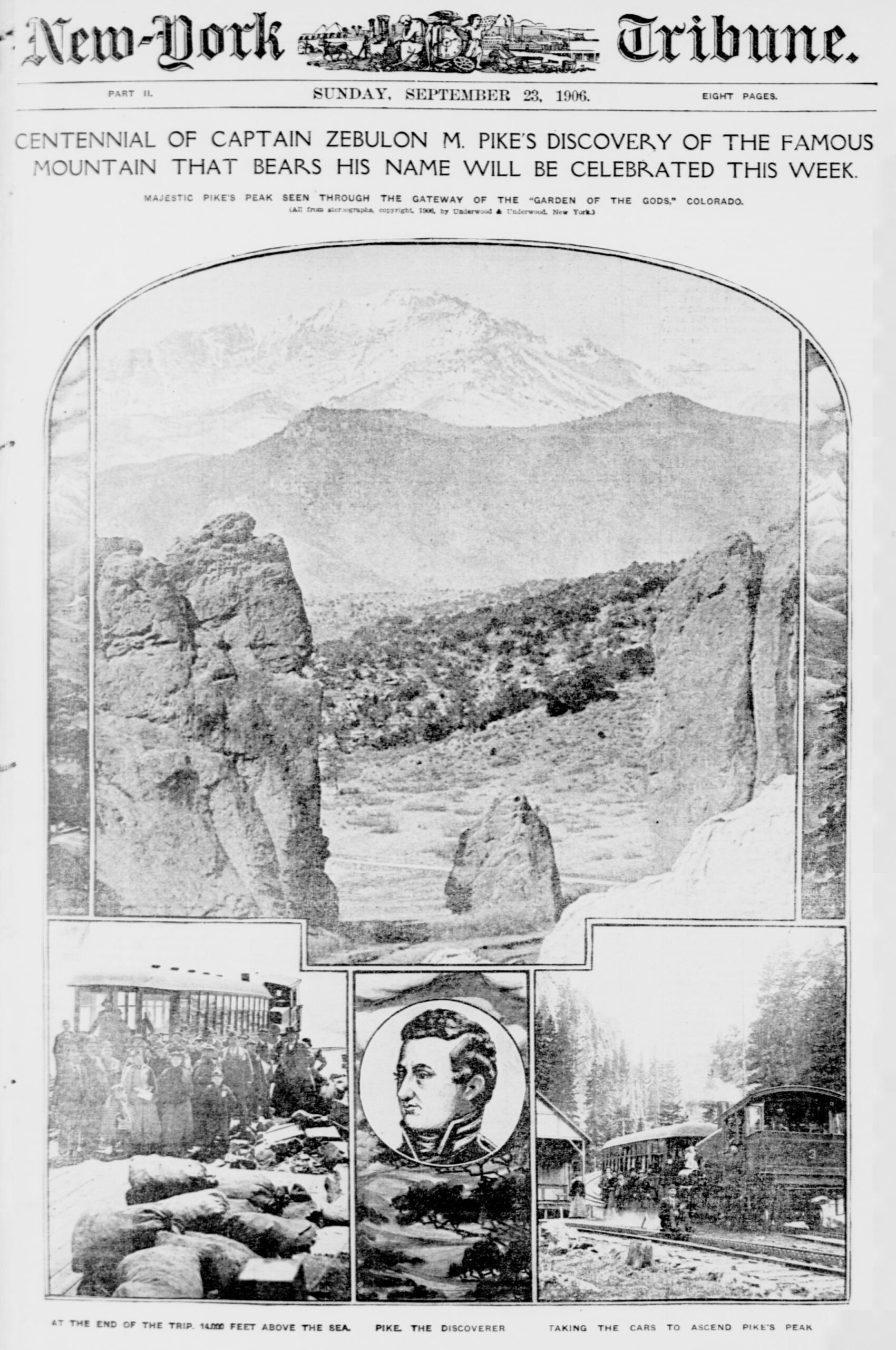
Despite bearing his name, Lieutenant Zebulon Montgomery Pike never actually reached the summit of Pikes Peak. In 1806, during an expedition to explore the southern portion of the newly acquired Louisiana Territory, Pike attempted to climb the mountain but was forced to turn back due to harsh winter conditions. His efforts, however, led to the mountain being named in his honor.
Pike’s failed expedition highlights the formidable nature of this 14,115-foot peak. Early explorers often underestimated the challenges posed by the rugged terrain and unpredictable weather. Today, modern amenities have made conquering Colorado’s 14ers more accessible, but the mountain still commands respect from all who dare to ascend it.
The legacy of Zebulon Pike lives on, serving as a reminder of the indomitable human spirit and the allure of uncharted territories. His name immortalized, Pike’s story adds a rich layer of history to the mountain that towers over Colorado Springs.
Interestingly, Pike predicted that no one would ever reach the summit. His incorrect assumption adds an ironic twist to his story, considering that thousands now reach the top each year via car, train, or on foot.
2. Inspiration for “America the Beautiful”

The breathtaking vistas from Pikes Peak inspired Katharine Lee Bates to write the famous patriotic song “America the Beautiful” in 1895. After reaching the summit, Bates was moved by the expansive views of the “purple mountain majesties” and “amber waves of grain” stretching far into the horizon.
Bates’ journey to the summit was part of a larger trip across the country, during which she gathered impressions of America’s natural wonders. The profound impact of Pikes Peak’s beauty on her writing underscores the mountain’s significance in American culture and history.
Today, visitors can stand where Bates once stood, taking in the same awe-inspiring landscapes. The connection to “America the Beautiful” adds a poetic dimension to the experience, linking the natural beauty of Pikes Peak to the nation’s heritage.
The song has become an unofficial national hymn, reflecting the country’s ideals and natural splendor. Pikes Peak’s role in its creation cements the mountain’s place not just in geological significance but also in the cultural and artistic fabric of the United States.
3. Home to the Highest Cog Railway in North America
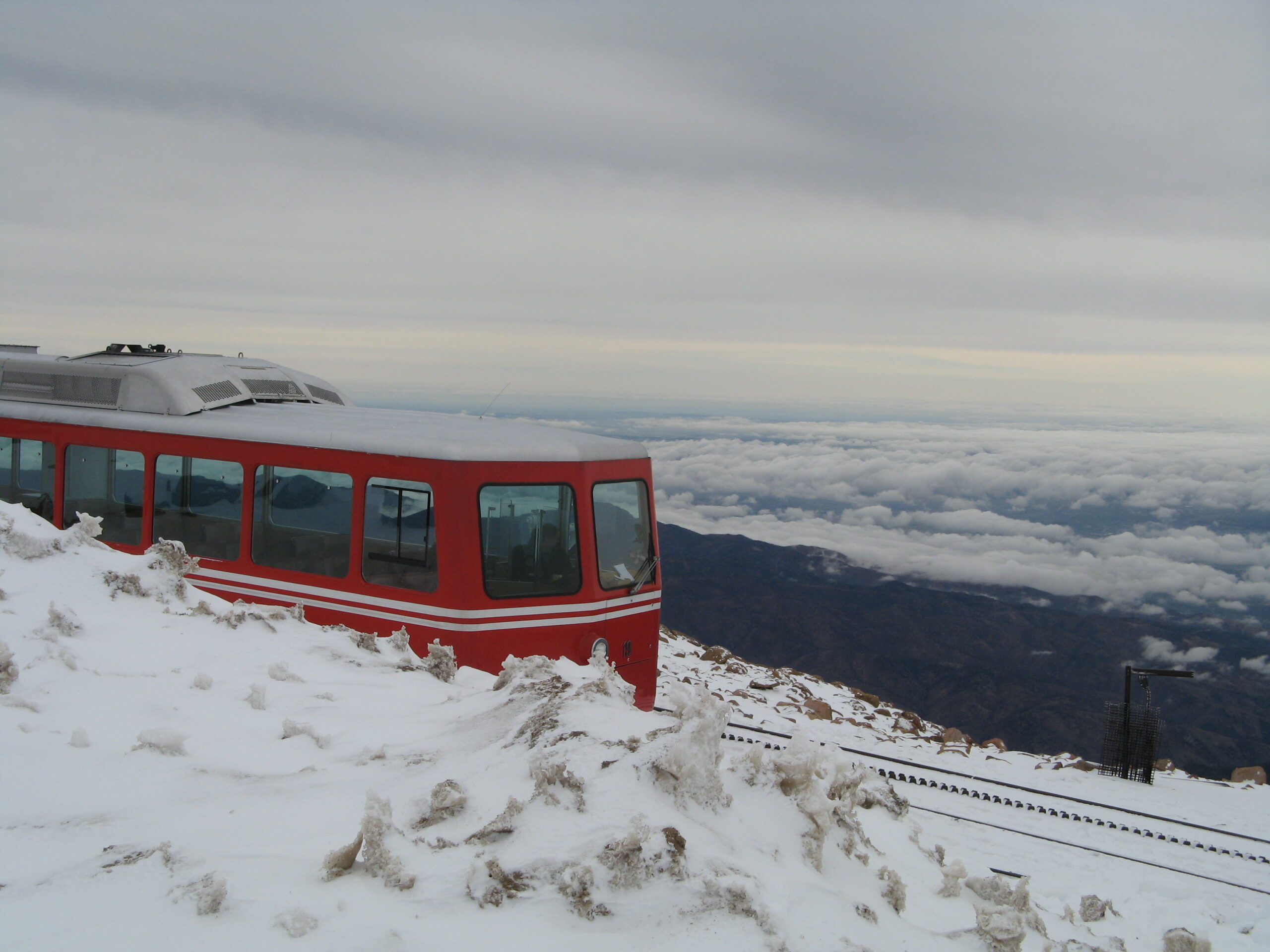
The Pikes Peak Cog Railway is a marvel of engineering, ascending to 14,115 feet and earning the title of the highest cog railway in North America. Established in 1891, the railway has transported millions of passengers to the summit, offering a unique and accessible way to experience the mountain’s grandeur.
Recently reopened after extensive renovations, the cog railway now features modern amenities while preserving its historic charm. The journey to the top takes about an hour, winding through pristine forests and offering panoramic views that are both breathtaking and exhilarating.
Riding the cog railway is more than just transportation; it’s an integral part of the Pikes Peak experience. The narrated tour provides insights into the mountain’s history, geology, and wildlife, enriching visitors’ understanding and appreciation.
For those planning a visit, booking tickets in advance is recommended, especially during peak tourist seasons. The railway operates year-round, allowing passengers to witness the changing seasons and diverse landscapes of Pikes Peak. For tips on booking and maximizing your experience, check out our guide on riding the Pikes Peak Cog Railway.
4. Host of the Pikes Peak International Hill Climb

Also known as “The Race to the Clouds,” the Pikes Peak International Hill Climb is an annual automobile and motorcycle race that challenges drivers with its steep gradients and treacherous turns. Established in 1916, it’s the second oldest race in the United States, drawing competitors and spectators from around the globe.
The race covers a 12.42-mile course with 156 turns, starting at an elevation of 9,390 feet and finishing at the 14,115-foot summit. The extreme altitude affects both vehicle performance and driver endurance, making it one of the most demanding motorsport events in the world.

Over the years, the Pikes Peak International Hill Climb has seen numerous records shattered and technological innovations introduced. Electric vehicles, in particular, have made a significant impact, leveraging their ability to perform well in thin air.
Attending the race offers a thrilling experience for motorsport enthusiasts. The combination of high-speed action and the stunning backdrop of Pikes Peak creates an unforgettable event. For travel arrangements and accommodation tips during the race, visit our article on planning your trip to the Pikes Peak Hill Climb.
5. The Unique High-Altitude Donuts at the Summit House

One of the delightful surprises awaiting visitors at the summit is the famous Pikes Peak high-altitude donuts. The Summit House has been serving these unique treats for over a century, and they’re a must-try for anyone reaching the top.
Baking at 14,115 feet presents challenges due to the low atmospheric pressure and reduced oxygen levels. The donut recipe is specially formulated to account for these conditions, resulting in a one-of-a-kind taste and texture that can’t be replicated at lower elevations.
The donuts have become a part of Pikes Peak lore, symbolizing the reward at the end of a long journey. Whether you’ve hiked up Barr Trail, driven the Pikes Peak Highway, or taken the cog railway, enjoying a fresh donut at the summit is a satisfying and indulgent way to celebrate your accomplishment.
The Summit House itself has recently undergone renovations, offering improved facilities and panoramic views. Along with the famous donuts, visitors can find souvenirs, educational exhibits, and comfortable spaces to rest and take in the scenery. Learn more about what to expect at the summit in our post on visiting the Pikes Peak Summit House.
6. A Sacred Site for Native American Tribes
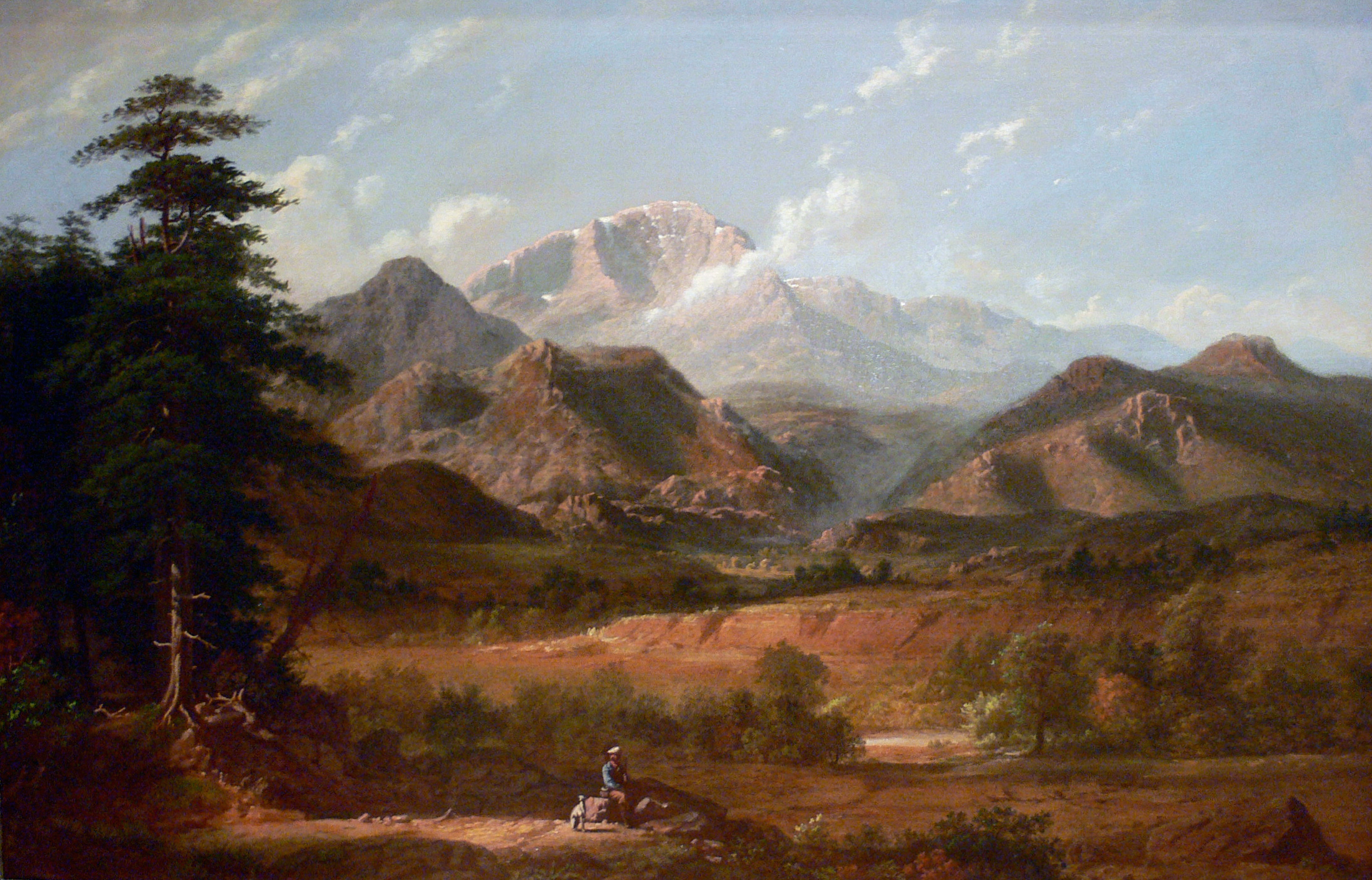
Pikes Peak holds significant spiritual importance for several Native American tribes, including the Ute, Arapaho, Cheyenne, and others. Known to the Ute people as “Tava” or “Sun Mountain,” it was considered a sacred place where the earth meets the sky.
The mountain served as a landmark for seasonal migrations, hunting grounds, and ceremonial practices. Its prominence in the landscape made it a central figure in oral traditions and cultural narratives passed down through generations.
Understanding the indigenous connection to Pikes Peak adds depth to our appreciation of the mountain. Efforts have been made to honor this heritage by preserving archaeological sites and incorporating Native American perspectives into educational materials.
Visitors are encouraged to approach the mountain with respect for its historical and cultural significance. Acknowledging the rich tapestry of stories and meanings attached to Pikes Peak enhances the experience. For a deeper dive into the cultural history, visit the Colorado Native American Heritage Guide.
7. One of Colorado’s Famous 14ers
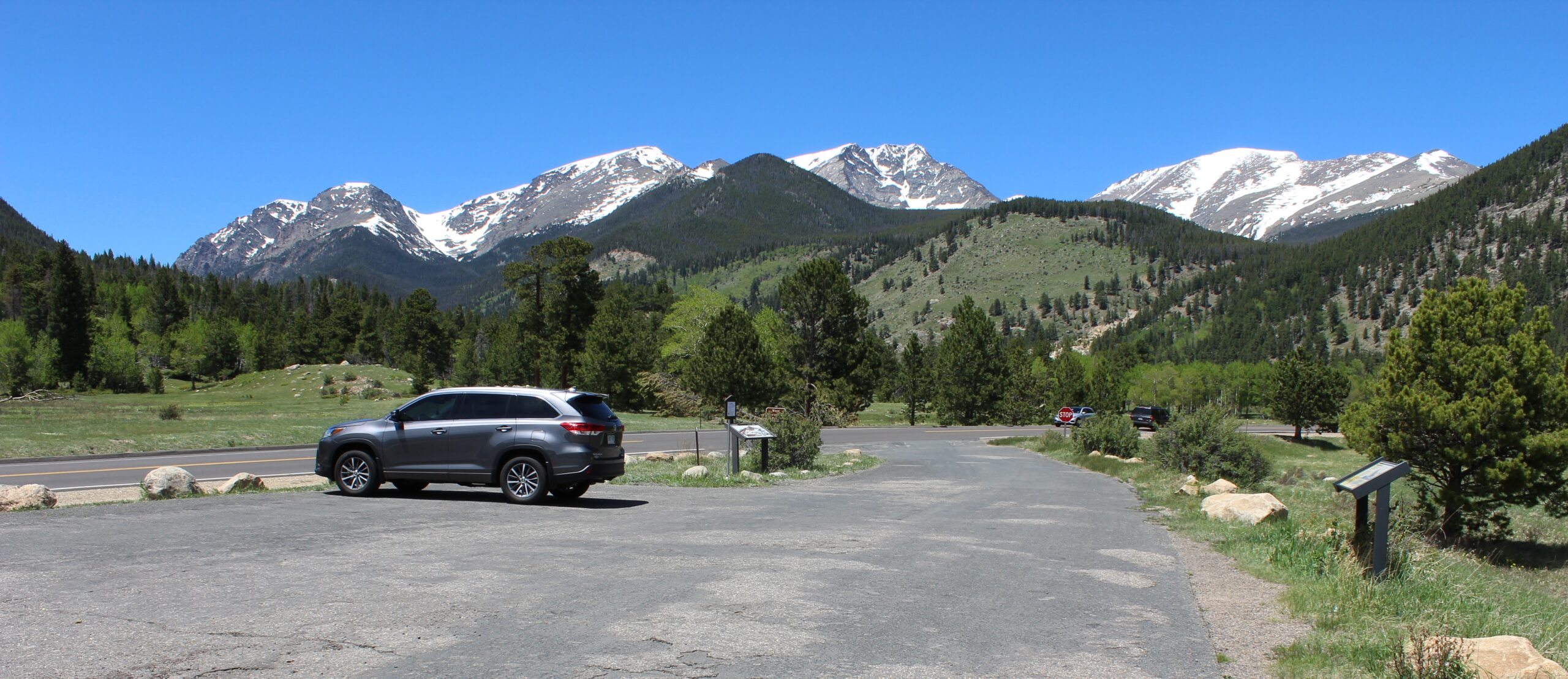
Pikes Peak is one of Colorado’s 58 “14ers,” a term used to describe mountains exceeding 14,000 feet in elevation. These peaks are a magnet for hikers and climbers seeking to challenge themselves and savor the breathtaking views from the top.
What sets Pikes Peak apart from other 14ers is its accessibility. While many high peaks in Colorado require technical climbing skills, Pikes Peak can be summited via hiking trails, a paved highway, or the cog railway. This accessibility allows people of varying abilities to experience the thrill of reaching such a lofty elevation.
The mountain’s prominence also makes it one of the most visible and recognizable peaks in the state. Standing isolated from other major ranges, it dominates the skyline and serves as a constant reminder of the rugged beauty that defines Colorado.
For those interested in tackling more 14ers, Pikes Peak can be an excellent starting point. Its well-maintained trails and facilities provide a supportive environment for climbers new to high-altitude hiking. Always remember to prepare adequately and be mindful of weather conditions, altitude sickness, and other potential challenges. For essential hiking gear and preparation tips, read our comprehensive guide on hiking Colorado’s 14ers.
8. The Pikes Peak Highway
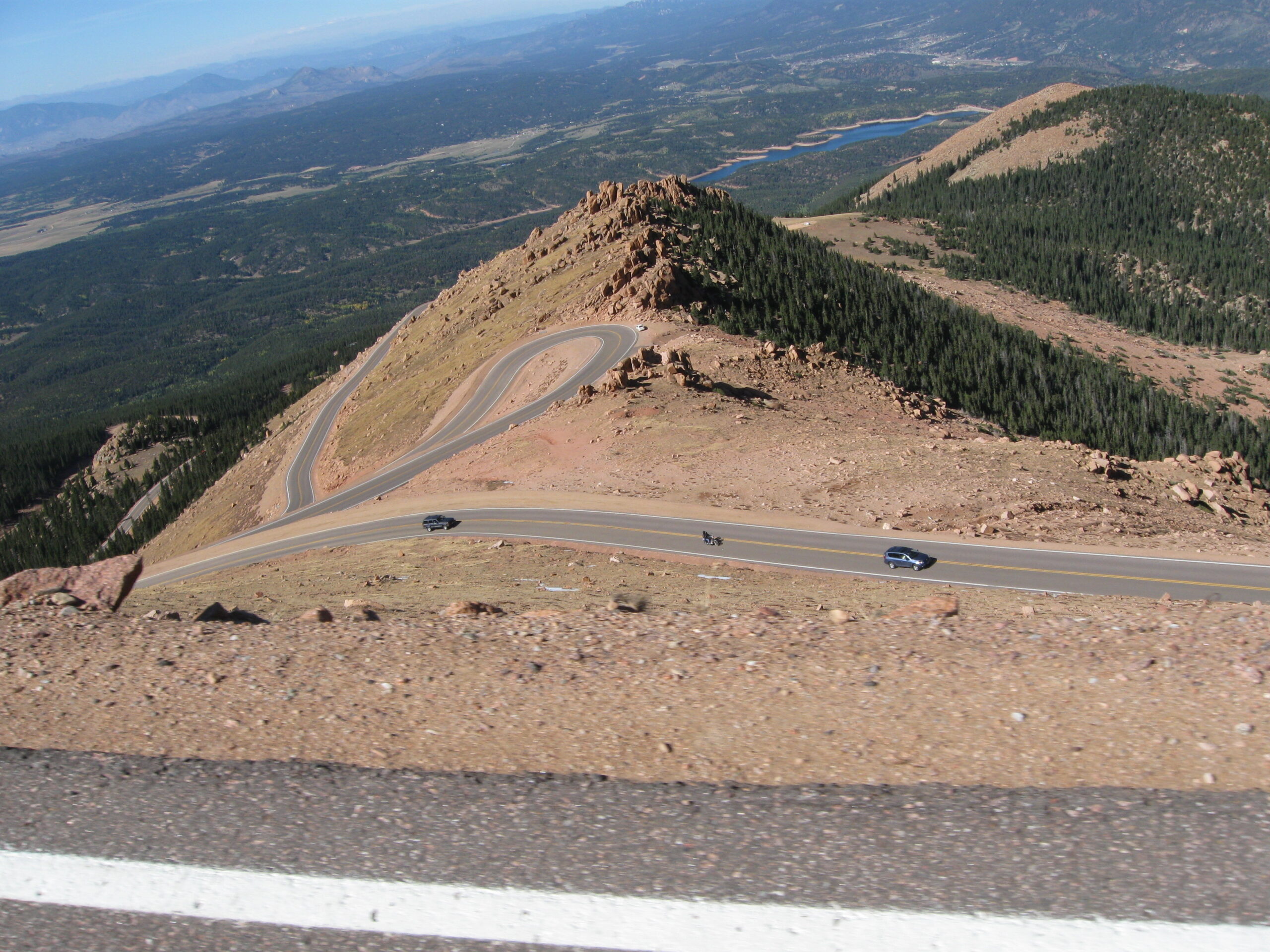
The Pikes Peak Highway offers a scenic 19-mile route to the summit, allowing drivers to experience the mountain’s diverse ecosystems and stunning vistas from the comfort of their vehicles. Open year-round, weather permitting, the highway is a favorite among tourists and locals alike.
The drive takes you through alpine forests, past sparkling lakes, and up above the tree line into the barren yet beautiful summit area. Numerous pull-offs and picnic areas provide opportunities to stop, take photos, and immerse yourself in the surroundings.
Originally built in 1915, the highway has been modernized over the years to improve safety and accessibility. However, drivers should still exercise caution, as the road includes sharp turns and significant elevation changes.
At the summit, visitors can explore the newly constructed Summit Visitor Center, enjoy the high-altitude donuts, and take in panoramic views that stretch across Colorado and into neighboring states on clear days. For driving tips and what to expect on the journey, visit our article on navigating the Pikes Peak Highway.
9. Barr Trail – A Challenging Hike to the Summit
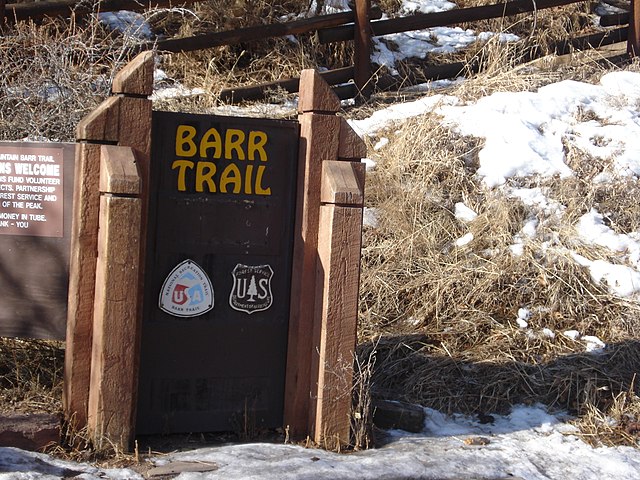
For hiking enthusiasts, the Barr Trail offers a demanding yet rewarding route to the summit of Pikes Peak. Covering approximately 13 miles one way, with an elevation gain of over 7,400 feet, it’s considered one of the most challenging hikes in Colorado.
The trail begins in Manitou Springs and winds through varied landscapes, including dense forests, open meadows, and rocky terrain. Hikers can expect to spend anywhere from 6 to 10 hours reaching the summit, depending on fitness levels and acclimatization to the altitude.
Due to the length and difficulty of the trail, many hikers choose to make it an overnight trip, camping at Barr Camp, which is roughly halfway to the summit. This allows for rest and acclimatization, improving the chances of a successful ascent.
Proper preparation is essential when attempting Barr Trail. Adequate hydration, nutrition, weather awareness, and physical conditioning are key factors in safely enjoying this rigorous adventure. The sense of accomplishment upon reaching the top is unparalleled. For personal accounts and detailed preparation tips, read our post on hiking the Barr Trail.
10. Designated as a National Historic Landmark
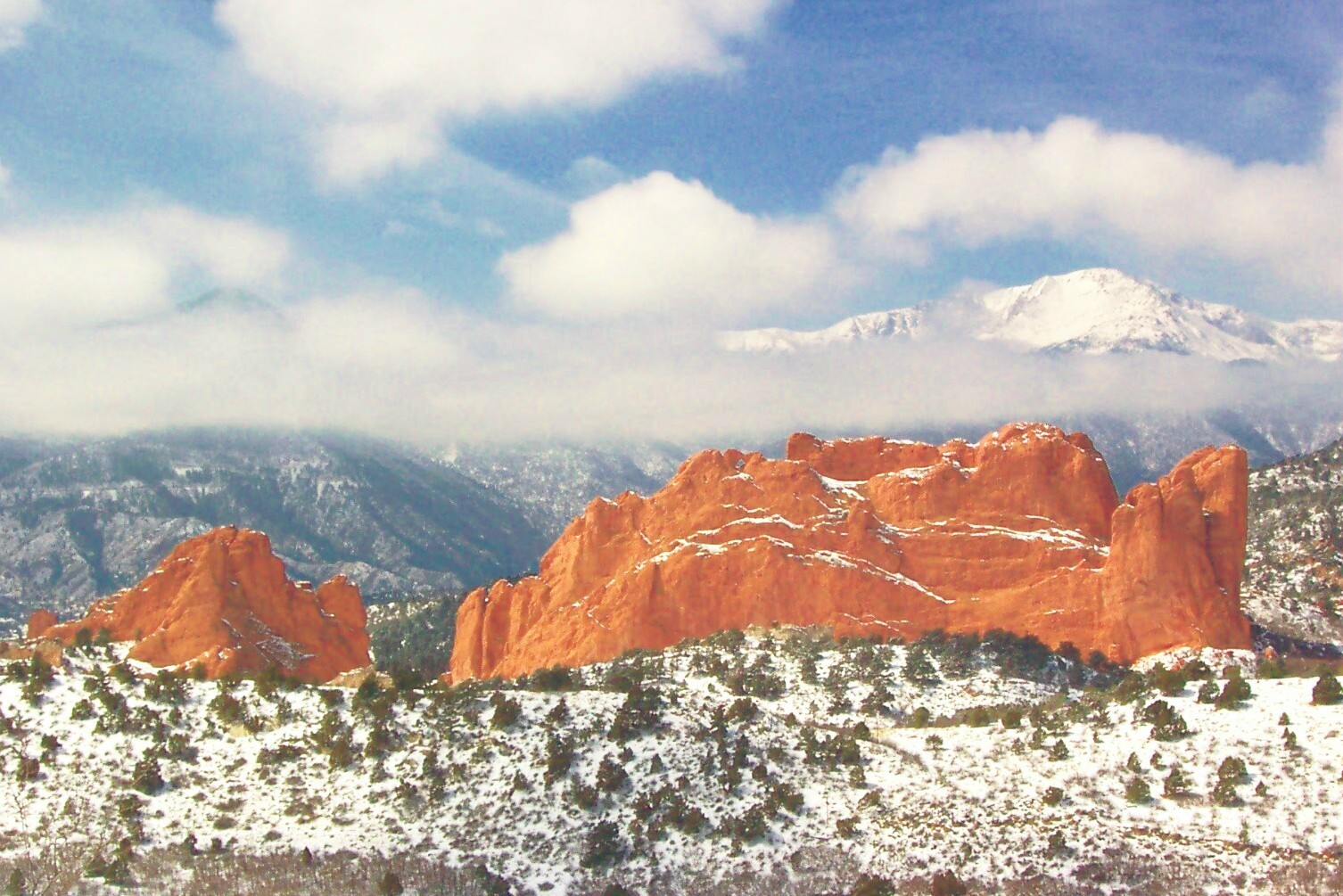
In recognition of its cultural, historical, and natural significance, Pikes Peak was designated a National Historic Landmark in 1961. This status highlights the mountain’s role in American history, from indigenous cultures and early exploration to its inspiration in literature and contributions to recreation and tourism.
The designation helps protect the mountain’s unique characteristics and promotes conservation efforts to preserve its ecosystems and historical sites. It also underscores the importance of responsible tourism and environmental stewardship.
Visitors to Pikes Peak are part of a long lineage of people drawn to its slopes and summit. Whether for spiritual fulfillment, adventure, artistic inspiration, or scientific inquiry, the mountain continues to captivate and challenge all who encounter it.
The National Historic Landmark status ensures that Pikes Peak will remain a treasured part of the nation’s heritage, accessible for future generations to explore and appreciate. For more on preserving natural landmarks while traveling, see our article on responsible travel and conservation practices.
Conclusion
Pikes Peak stands as more than just a mountain; it’s a symbol of exploration, inspiration, and natural beauty. From its challenging trails and engineering marvels to its profound cultural significance, the mountain offers a multifaceted experience that resonates with all who visit. Whether you’re planning to hike, drive, or ride to the summit, the “purple mountain majesties” of Pikes Peak await, promising an unforgettable journey into the heart of America’s natural splendor.
For more tips on exploring Colorado’s great outdoors, check out our guide on Colorado adventure travel and embark on your next journey prepared and inspired. Also don’t forget to visit us over at BoardingArea for more amazing destinations and travel tips with the latest insights and inspirations.































